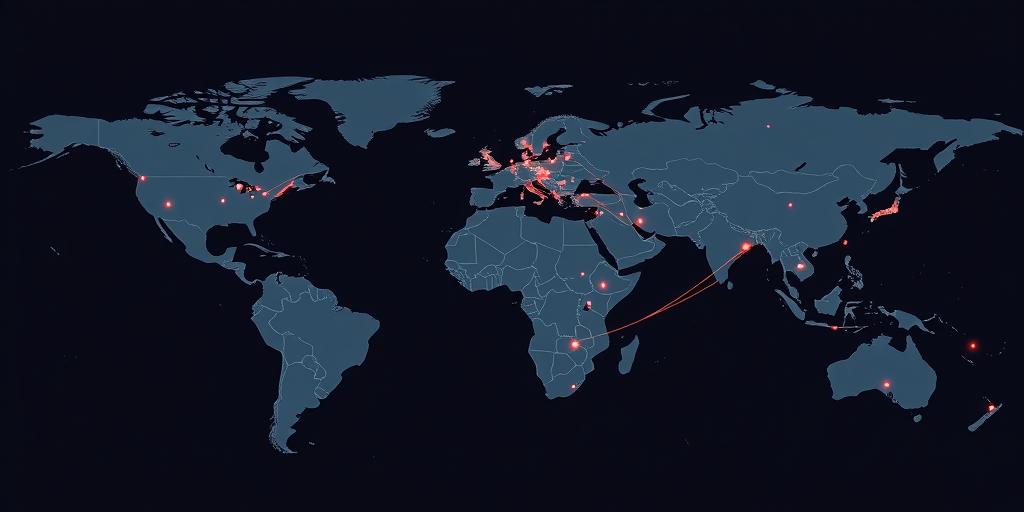Understanding Power Dynamics in International Relations
International relations (IR) is a complex field shaped by the interactions of various actors, primarily states. A crucial aspect of understanding these interactions lies in grasping the underlying power dynamics. Power, in this context, refers to the ability of a state to influence the behavior of other states or actors within the international system. This influence can manifest in many forms, from military strength and economic leverage to diplomatic sway and cultural influence.
Defining Power in International Relations
Power in IR is typically categorized into:
- Hard Power: This involves tangible resources such as military capabilities, economic strength, and technological prowess. Hard power is often used to coerce or incentivize other states.
- Soft Power: This encompasses intangible assets like cultural appeal, ideology, and diplomatic skill. Soft power persuades through attraction and co-option rather than force.
- Smart Power: This is a combination of both hard and soft power strategies. Smart power recognizes that the most effective foreign policy often requires a nuanced approach that combines coercion and persuasion.
Elements of National Power
Several elements contribute to a state's overall power:
- Geography: A state's location, size, and access to resources significantly impact its power. For example, a state with strategic access to vital waterways holds considerable leverage.
- Population: A large and skilled population provides a labor force for economic production and a pool of potential military recruits.
- Economy: A strong and diversified economy is essential for sustaining military strength, funding diplomatic initiatives, and exerting economic influence.
- Military: A well-equipped and trained military is a key component of hard power, enabling a state to project force and deter potential adversaries.
- Political Stability: A stable and effective government is crucial for mobilizing resources, implementing policies, and maintaining internal cohesion.
- National Will: A population's willingness to support the state's goals and policies is a vital intangible element of power.
- Culture: A vibrant and appealing culture can enhance a state's soft power, attracting allies and influencing global norms.
Theories of Power Distribution
Different theories in IR offer varying perspectives on how power is distributed and how it affects state behavior:
- Realism: Realism emphasizes the importance of power in international relations. Realists argue that states are rational actors primarily concerned with their survival and security. In a self-help system, states must constantly seek to increase their power relative to others.
- Liberalism: Liberalism acknowledges the role of power but emphasizes cooperation, international institutions, and economic interdependence. Liberals believe that states can achieve mutual gains through collaboration and that power is not always a zero-sum game.
- Constructivism: Constructivism focuses on the role of ideas, norms, and identities in shaping state behavior. Constructivists argue that power is not simply a material capability but also a social construct. States' perceptions of power and their roles in the international system are shaped by shared understandings and norms.
Power Dynamics in the 21st Century
The 21st century has witnessed a shift in power dynamics, with the rise of new actors and challenges to the traditional dominance of Western powers. The rise of China, the resurgence of Russia, and the increasing influence of non-state actors such as multinational corporations and international organizations have complicated the international landscape.
Furthermore, issues such as climate change, terrorism, and cyber warfare transcend national borders and require collective action. These challenges highlight the limitations of traditional power politics and the need for new forms of cooperation and governance.
Conclusion
Understanding power dynamics is essential for navigating the complexities of international relations. By analyzing the various elements of power, the theories that explain its distribution, and the evolving challenges of the 21st century, we can gain a deeper appreciation of the forces that shape our world. Whether through hard power, soft power, or smart power, the pursuit and exercise of influence remain central to the interactions among states and other actors in the global arena.









